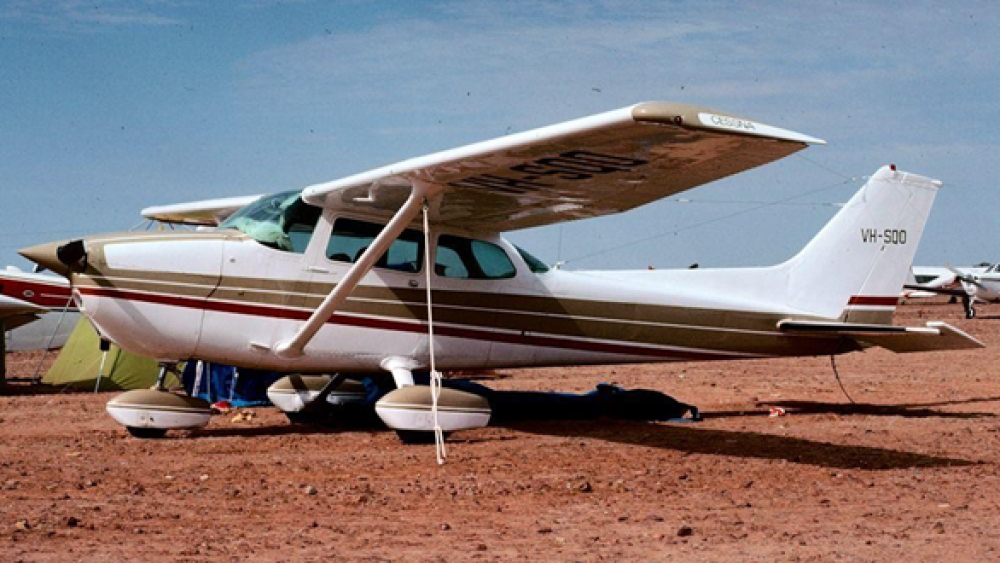
A Cessna 172 aerodynamically stalled while climbing out of a dive during mustering at Mulgathing Station in central South Australia on 27 June 2024, an ATSB investigation report details.
The aircraft was observed diving towards a group of sheep before pulling out of the dive, rolling to the left, and descending towards and impacting the ground.
The pilot, the sole occupant, was fatally injured, and the aircraft was destroyed.
No evidence indicated any issues with the aircraft’s engine, control systems or fuel prior to the accident, and incapacitation was unlikely given the pilot’s age and medical history, the investigation report notes.
“Witness reports and the position and condition of the wreckage were consistent with the aircraft aerodynamically stalling and entering a left spin at an altitude too low for recovery,” ATSB Chief Commissioner Angus Mitchell said.
The ATSB report notes the pilot held a commercial pilot licence and was endorsed for low-level flying, but not aerial mustering.
“The operator did not require an aerial mustering endorsement as the role was intended to only involve aerial spotting of livestock, to assist staff on the ground with mustering activities,” Mr Mitchell explained.
Aerial spotting activities only require a low-level endorsement, but the aircraft was observed diving towards what was believed to be a flock of sheep prior to the stall, which would constitute aerial mustering.
“This accident demonstrates the importance of pilots staying within the boundaries of their training and qualifications, to ensure an adequate margin of safety,” Mr Mitchell noted.
“It also highlights to pilots the importance of managing airspeed and bank angle to minimise the risk of an aerodynamic stall, particularly close to the ground.”
Since the accident, the station operator (also the aircraft owner and operator) has initiated a third‑party safety audit, and implemented a pilot mentoring program.
The operator is also preparing a manual for pilots on safe aerial spotting, and is undertaking a review of its safety and training standards for pilots, and its operations to ensure compliance with Civil Aviation Safety Authority regulations.
Separately, while it was unlikely it would have improved survivability in this accident, the pilot was found to not have been wearing the upper torso restraint of the lap-sash seatbelt during the accident flight.
“While not the case here, several ATSB investigations have found injuries to aircraft occupants may have been avoided, or made less severe, through the appropriate use of multipoint harnesses,” Mr Mitchell observed.
The appropriate fitment and use of seatbelts is included in the ATSB’s SafetyWatch initiative, Reducing the severity of injuries in accidents involving small aircraft.
Read the final report: Collision with terrain involving Cessna 172N, VH-SQO, near Mulgathing, South Australia, on 27 June 2024
Image credit: David Tanner


